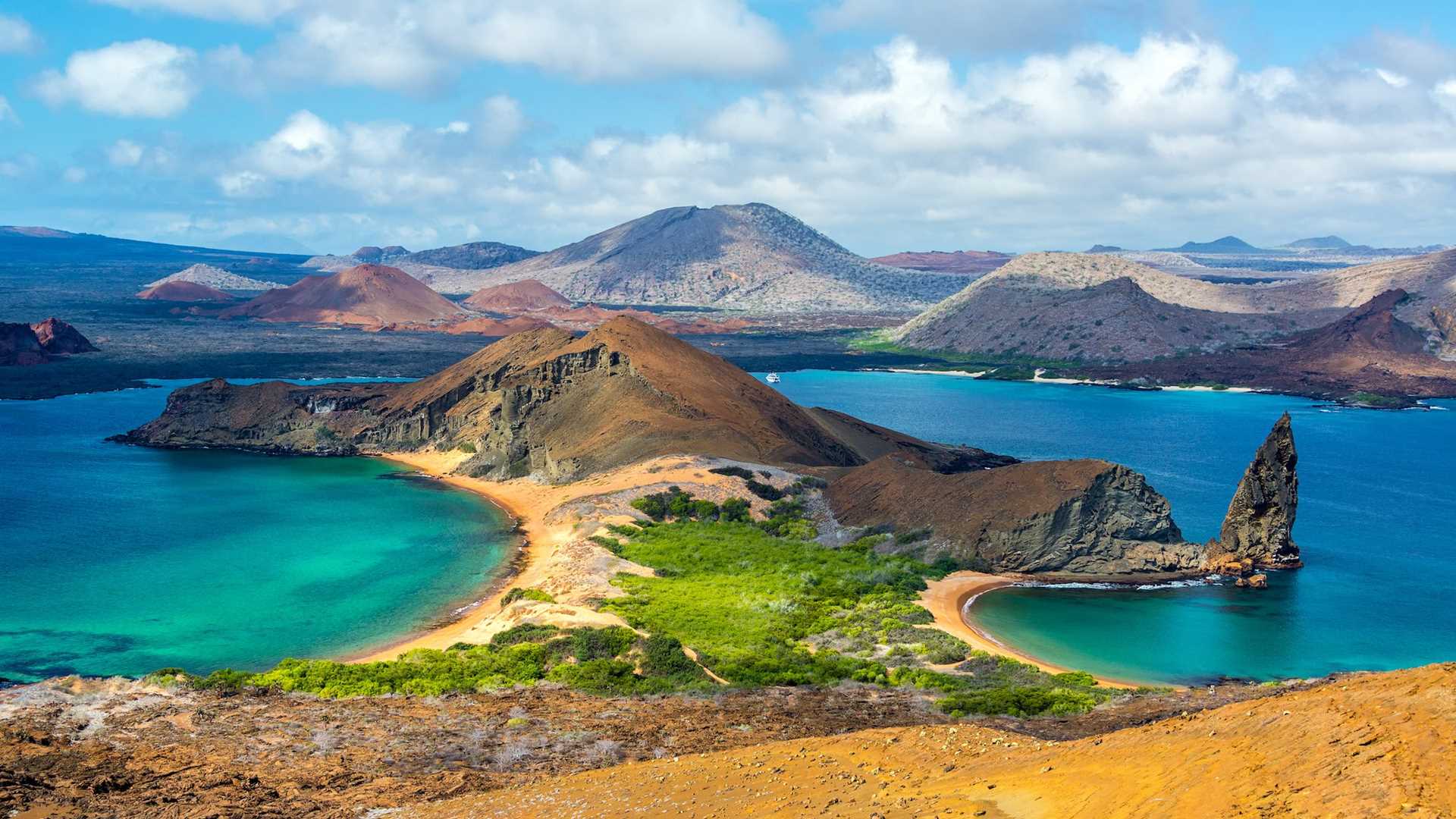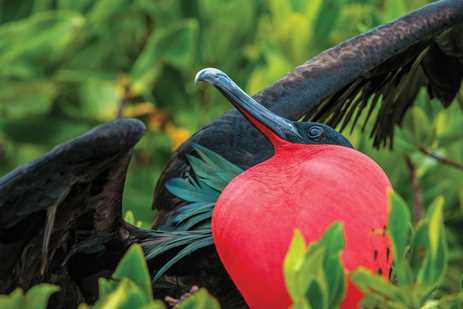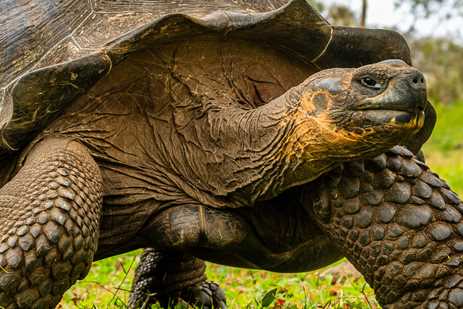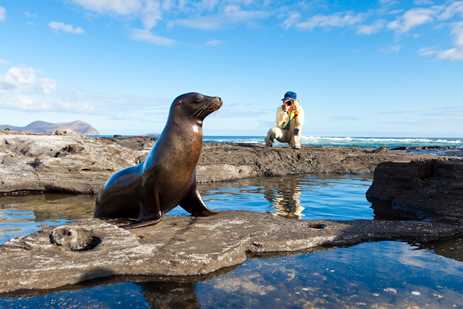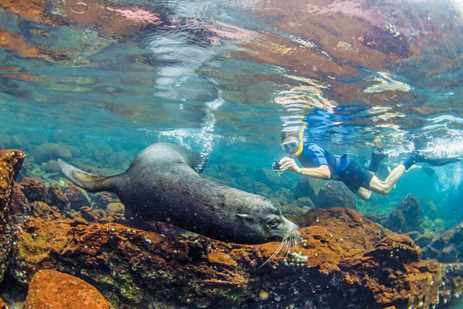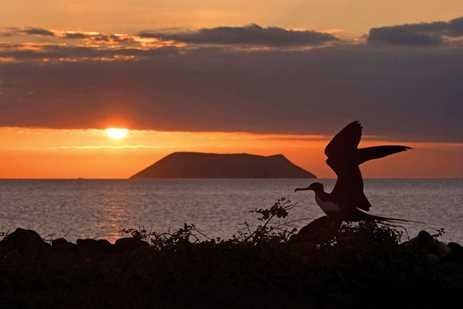Galápagos National Park was inscribed as the first UNESCO World Heritage site in 1978—and since that milestone, it’s continued to garner an array of other accolades from the organization. It’s not surprising this unique archipelago, which once intrigued and entranced Charles Darwin, was the first to be recognized. Galápagos has long been a shining example of what enlightened and dedicated conservation can achieve. Today, it is one of the world’s largest biosphere reserves, covering hundreds of square miles of ocean. Between the fascinating native flora and fauna, the incredible geology, and the rich undersea, these islands are a truly exceptional place worthy of protection.
Get Inspired By Photos, Videos, Webinars, Stories and Exclusive Offers.
Sign upFeatured Itineraries
Share Galápagos & UNESCO: Two Conservation Giants | Lindblad Expeditions

